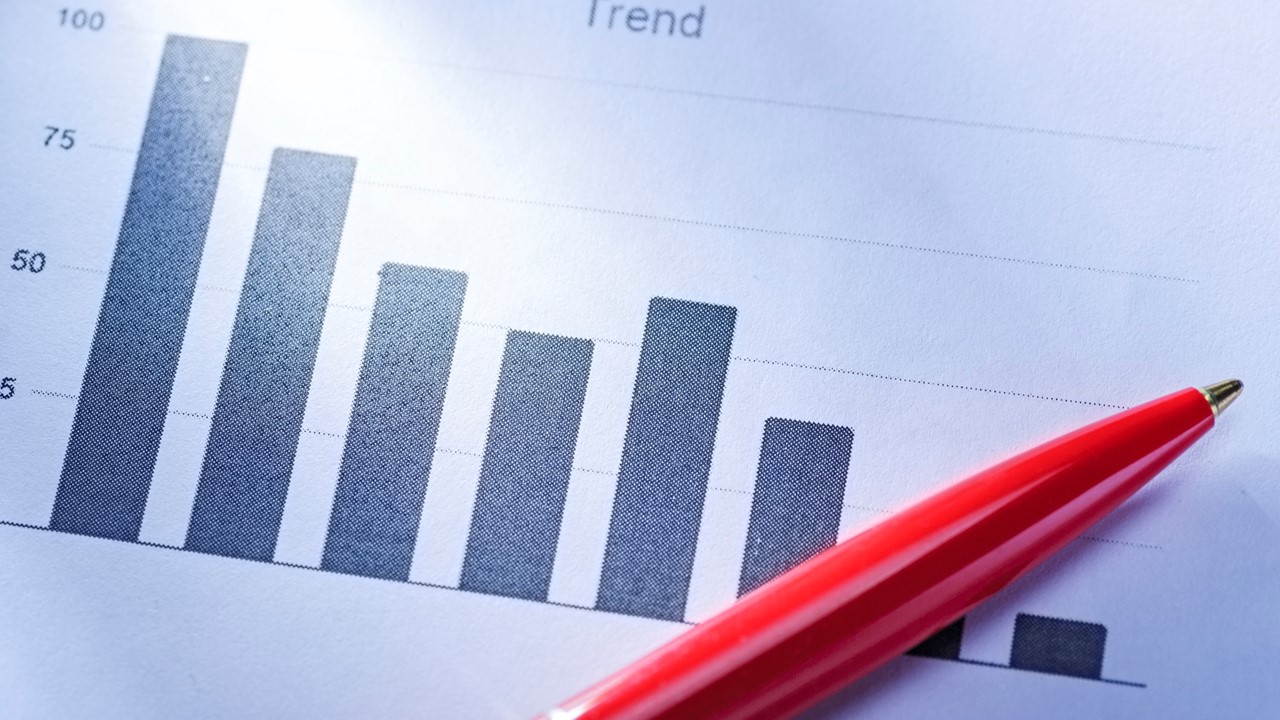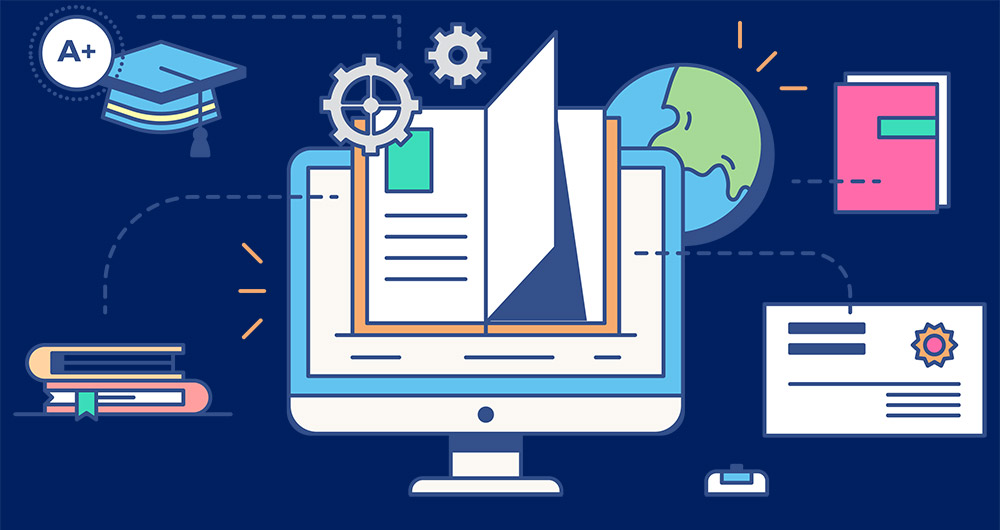Monitoring and controlling a process involves the continuous observation and adjustment of various parameters to ensure that the process operates within desired specifications. The specific steps can vary depending on the nature of the process, but here is a general approach you can follow:
Define process objectives: Clearly define the goals and desired outcomes of the process. This will provide a basis for determining the parameters to monitor and control.
Identify critical parameters: Identify the key parameters that directly affect the performance and quality of the process. These parameters may include temperature, pressure, flow rate, pH level, or any other relevant variables.
Set control limits: Establish acceptable ranges or limits for each critical parameter. These limits will serve as boundaries within which the process should operate. They can be based on regulatory requirements, industry standards, or internal quality specifications.
Select monitoring methods: Determine the appropriate monitoring methods for each parameter. This can involve using sensors, instruments, data loggers, or automated control systems to measure and record the values of the parameters.
Implement monitoring system: Install the necessary monitoring equipment and integrate it into the process. Ensure that the sensors or instruments are accurately calibrated and provide reliable measurements.

Continuous monitoring: Continuously observe and record the values of the critical parameters in real-time. This can be done manually by operators or through automated systems that provide real-time data.
Establish feedback mechanisms: Implement feedback mechanisms that enable you to compare the monitored parameter values with the desired control limits. This can involve using control charts, alarms, or automated control systems to detect deviations from the set limits.
Take corrective actions: When a parameter exceeds the defined control limits or deviates significantly from the desired values, take appropriate corrective actions. These actions may include adjusting process settings, modifying inputs, or performing maintenance tasks to bring the process back within acceptable limits.
Data analysis and optimization: Regularly analyze the collected data to identify trends, patterns, or potential issues. Use this information to optimize the process, improve efficiency, and prevent recurring problems.
Documentation and reporting: Maintain thorough documentation of the monitoring and control activities, including any deviations, corrective actions taken, and their outcomes. This documentation is valuable for analysis, auditing, and process improvement purposes.
Remember that the specifics of monitoring and control will depend on the particular process you are dealing with. Some processes may require advanced control systems, while others can be effectively managed through manual observation and adjustment.






